Sustainable Alternative to Vermiculite
stephankrasner
12 years ago
Related Stories
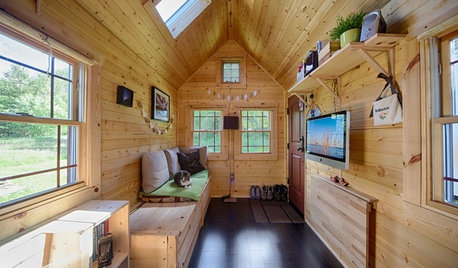
SMALL HOMESHouzz Tour: Sustainable, Comfy Living in 196 Square Feet
Solar panels, ship-inspired features and minimal possessions make this tiny Washington home kind to the earth and cozy for the owners
Full Story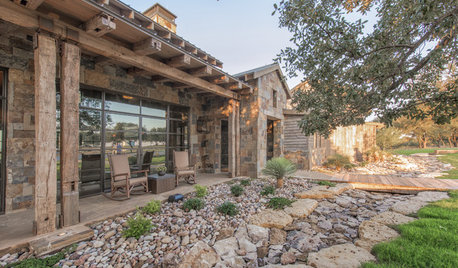
LANDSCAPE DESIGNTo Manage Stormwater Sustainably, Understand Your Site
Follow this guide to learn how water moves through your landscape and how best to manage it
Full Story
MOST POPULARMeet a Lawn Alternative That Works Wonders
Carex can replace turfgrass in any spot, is low maintenance and adjusts easily. Add its good looks and you’ve got a ground cover winner
Full Story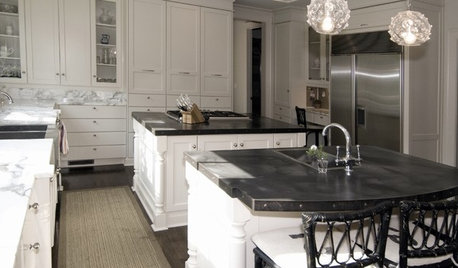
KITCHEN COUNTERTOPSKitchen Countertop Materials: 5 More Great Alternatives to Granite
Get a delightfully different look for your kitchen counters with lesser-known materials for a wide range of budgets
Full Story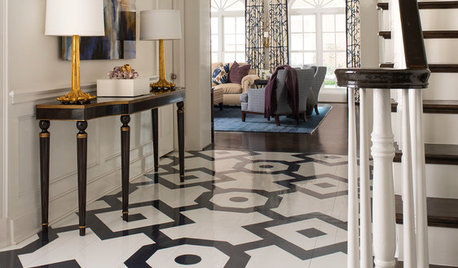
FLOORS6 Alternative Flooring Ideas to Kick Up Your Style
Rubber, cork, concrete and other materials are worthy options in lieu of hardwood or tile
Full Story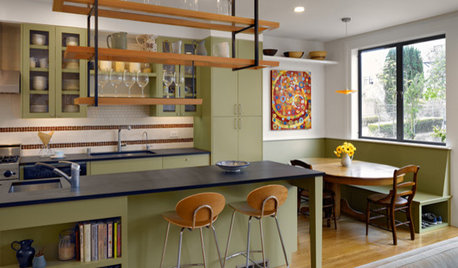
KITCHEN DESIGNAlternatives to Granite Countertops, Part III
9 more reasons to rethink the granite kitchen counter
Full Story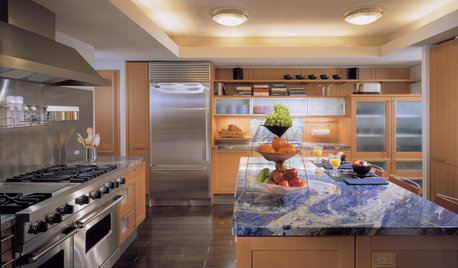
KITCHEN DESIGNAlternatives to Granite Countertops, Part II
Still looking for a new kind of countertop? Try sodalite, zinc, limestone, onyx and more
Full Story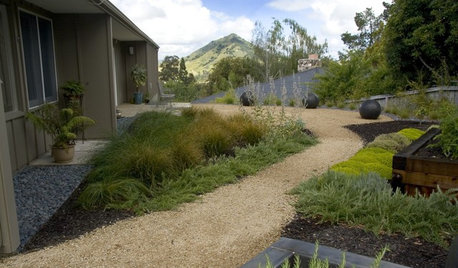
GARDENING AND LANDSCAPINGHardscaping Shows Its Soft Side
Who says hardscaping has to be hard? Consider these gentle, sustainable and DIY-friendly alternatives
Full Story
LANDSCAPE DESIGNGet Along With Less Lawn — Ideas to Save Water and Effort
Ditch the mower and lower your water bill while creating a feast for the eyes with diverse plantings and gathering places
Full Story





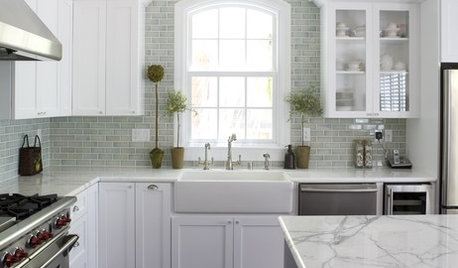
snibb
stephankrasnerOriginal Author
Related Professionals
Elwood Landscape Architects & Landscape Designers · Glen Ellyn Landscape Architects & Landscape Designers · Frisco Landscape Contractors · Canyon Lake Landscape Contractors · Lakeville Landscape Contractors · Parker Landscape Contractors · Parkland Landscape Contractors · Wentzville Landscape Contractors · Selma Landscape Contractors · Olean Fence Contractors · Pacifica Fence Contractors · Rockville Fence Contractors · Saginaw Fence Contractors · Whittier Fence Contractors · Woodinville Fence Contractorsutility
Pvp Industries Inc